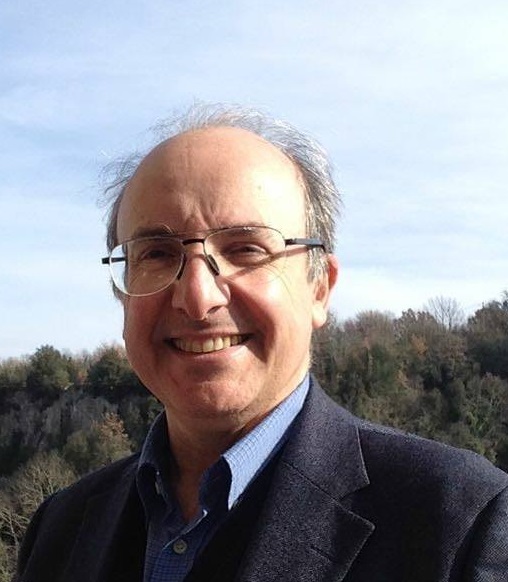Experts of the PERCEIVE Project

Giovanni Verri
Conservation scientist in the Department of Conservation and Science at the Art Institute of Chicago

Paolo Liverani
Full Professor of the Topography of Ancient Italy and Head of the Department of History, Archaeology, Geography, Fine and Performing Arts at the University of Florence

Catlin LANGFORD
Curator specialising in photography, previously Curatorial Fellow in Photography at the Victoria & Albert Museum

Roberta Pedrazzi
Art historian and critic specialising in AI Art, and founder of the culture magazine NotiziArte.com

Hartmut KUTZKE
Associate Professor and Conservation scientist at the Museum of Cultural History, University of Oslo



